Within a few years, the automobile industry in Detroit began to burgeon and Wabash found itself well situated with a fast route to the West that bypassed both Chicago and St. Louis. The road developed into a fast freight carrier.
On the passenger side, Wabash was a regional carrier with little in the way of through trains or cars to points on other railroads. It furnished St. Louis connections for Union Pacific at Kansas City, it teamed up with Pennsy to offer Detroit-Chicago service, and in the early years of the 20th century it allied itself with West Shore and Boston & Maine to offer St. Louis-New York and St. Louis-Boston service in competition with the New York Central (West Shore was a secondary part of the NYC System).
Wabash purchased diesel switchers before and during World War II, and began to buy road diesels in quantity in 1949. Dieselization proceeded quickly and was complete by the end of 1953, except for the branch to Keokuk, Iowa, which continued to use ancient Moguls until 1955 because of bridge restrictions.
Freight locomotives
Wabash bought four groups of 2-6-0’s between 1899 and 1904. All had 64″ drivers. The F-5 and F-6 classes were compounds eventually rebuilt simple engines; the F-4’s and F-7’s were built as simple engines. Four 1899 Moguls remained in service until 1955 because their 124,000 pound weight was the maximum that could be carried by the Illinois River bridge on the branch to Keokuk, Iowa. In common with several other Midwestern roads the Wabash had large numbers of 2-6-2’s, all in a single class-the 90 G-1’s. Like the Moguls they had 64″ drivers; engine weight was 228,200 pounds. Between 1916 and 1926 Wabash rebuilt 23 Prairies to J-2-class Pacifics.
Both groups of 20th century 2-8-0’s were secondhand, purchased in 1910 and 1911. The 17 I-2’s were built in 1905 by Brooks for Detroit, Toledo & Ironton; and the 30 I-3’s were 1930 Baldwin products built for the Wheeling & Lake Erie.
Wabash made up for its paucity of 2-8-0’s with its 2-8-2’s. The K-1’s were built in 1912 by Richmond, Baldwin, and Pittsburgh. They had 64″ drivers, 25 1/2″ x 30″ cylinders, and a weight of 266,840 pounds.
There was a six-year gap until the next group of Mikados arrived, and toward the end of that period Brooks delivered 25 2-10-2’s weighing 395,000 pounds and rolling on 64″ drivers, apparently Wabash’s standard for freight locomotives.
In 1918 the USRA allocated 20 light Mikados to Wabash, which classed them K-2. Approximately a year after Schenectady delivered them, Nos. 2213, 2214, 2215, 2218, and 2219 were transferred to the Pere Marquette and five Baldwins were moved in from the Western Pacific to take their places. Curiously the USRA Mikes are shown in the roster with 64″ drivers instead of the usual 63″ for USRA 2-8-2’s. Quite possibly thicker tires were substituted during repairs.
The K-3 and K-4 Mikados were built by Schenectady in 1923 and 1925. They had 64″ drivers and 27″ x 32″ cylinders; engine weights ranged from 325,000 to 338,580 pounds. Five K-3’s and 20 K-4’s were built with boosters and classed K-3b and K-4b.
The five members of the K-5 class were built in 1925 immediately after the K-4b Mikados. They had 23″ cylinders-two 23″ x 32″ cylinders in the usual positions and a 23″ x 28″ cylinder between them. They suffered the fate of most exotic and minority engines-storage. It proved to be a better fate than scrapping, because their boilers were used in 1943 and 1944 to make Hudsons.
In early 1930 Baldwin delivered 25 Mountains numbered 2800-2824 for dual service. They had 27″ x 32″ cylinders and 70″ drivers; they weighed 406,400 pounds and had a tractive force of 67,400 pounds. Between August 1930 and January 1931 Baldwin built 25 Northerns, Nos. 2900-2924-with the same size cylinders, same size drivers, same tenders, and many of the same details such as outside-journal lead trucks and vestibule cabs. The 4-8-2’s were intended for freight service between Montpelier, Ohio, and Decatur, Ill., and when the 4-8-4’s were delivered, Railway Age reported they were intended for the same duties. The 4-8-2’s occasionally worked in passenger service.
Passenger locomotives
The J-1 Pacifics were built at the same time as the K-1 Mikados in 1912. Engines 660-669 were built by Alco’s Richmond Works, and 670-675 by Baldwin. They were the last new steam passenger locomotives Wabash bought. Between 1916 and 1926 the road rebuilt 23 of its Prairies as J-2-class Pacifics. Numbers 1676-1681 were numbered for service between Windsor, Ont., and Buffalo, and Nos. 699-683 for service in the United States-the rebuilds were given successively lower numbers as they were completed, and 682/1682 remained vacant.
During World War II Wabash had plenty of locomotives but not the ones it needed. The 2-10-2’s were unsuitable for Wabash’s accelerated freight trains, but the road found ready buyers for 13 of them in 1941 and 1942 (Kansas City Southern, Missouri Pacific, and Chicago & Eastern Illinois) and after the war sold 10 to Chicago & Illinois Midland. Twenty-four Mikados were sold to Algers, Winslow & Western; Algoma Central & Hudson Bay; Alton & Southern; and Seaboard Air Line. (The first three railroads conjure up a picture of Wabash’s chief of motive power with an alphabetical list of railroads in one hand and a telephone in the other.) The road also needed heavy passenger power. Unwilling to pull its 4-8-2’s and 4-8-4’s off freight, Wabash used boilers of the unsuccessful three-cylinder Mikados as the basis for five 80″-drivered Hudsons in 1943 and 1944. They were successful enough that in 1946 and 1947 the road recalled the last two K-4 Mikados for similar rebuilding.
Switchers
The switcher fleet included a large group of 0-6-0’s built between 1906 and 1912 and a group rebuilt from 2-6-0’s. In the 1920’s Wabash turned to an 0-8-0 with 25″ x 28″ cylinders, 52″ drivers, and 55,781 pounds tractive effort, copies of the USRA 0-8-0. In 1923 Schenectady delivered 20 more 0-8-0’s weighing 217,500 pounds, and in 1926 Lima delivered 25 that were slightly heavier-Wabash’s only Lima locomotives.
For more on Wabash steam, read Wabash’s Phantom N Class in the Fall 2003 issue of Classic Trains.





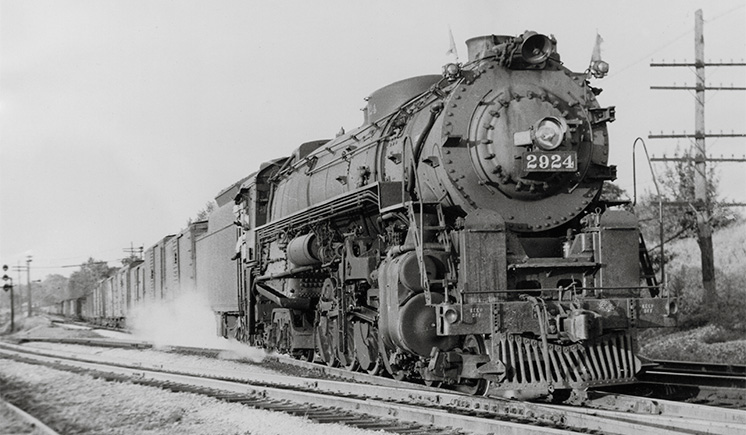

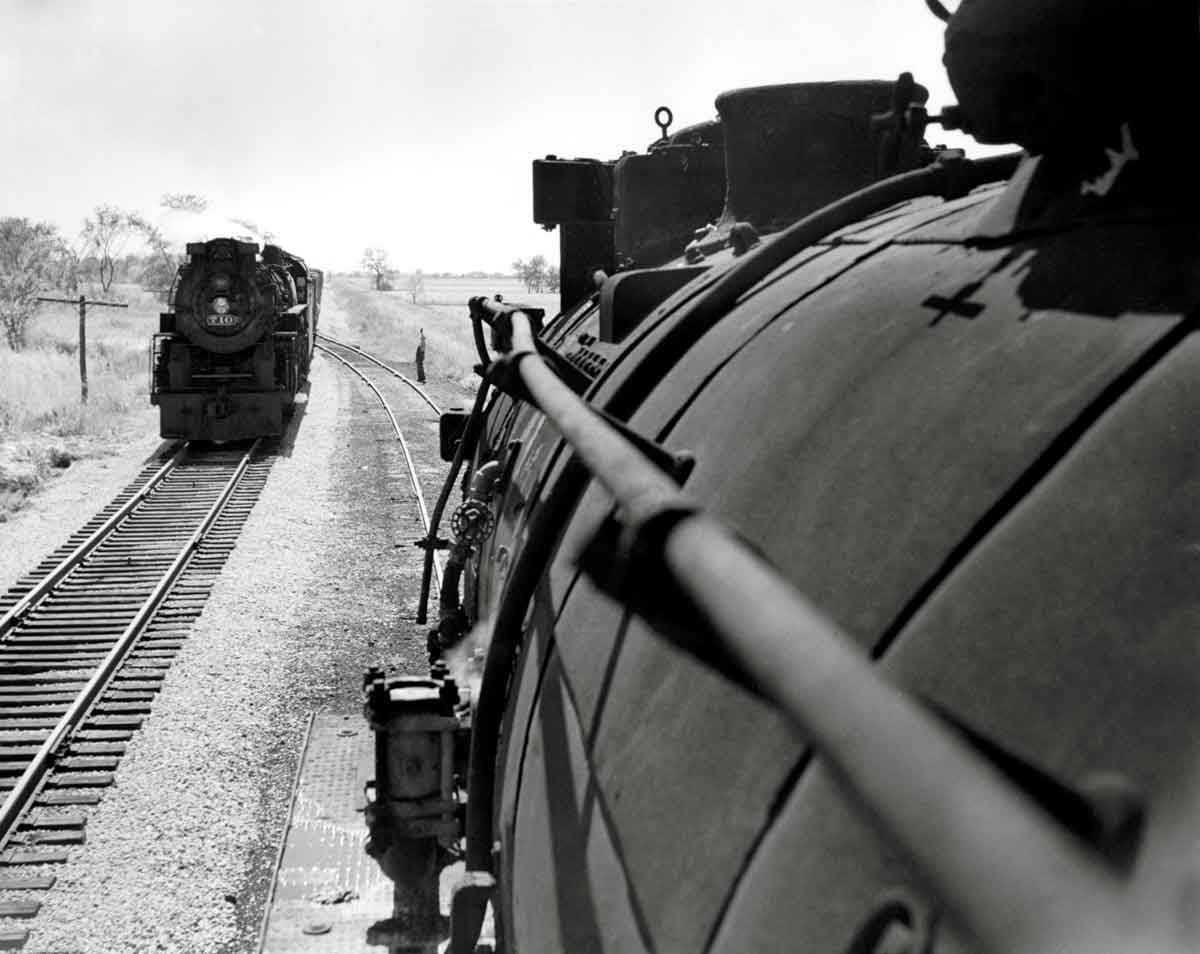
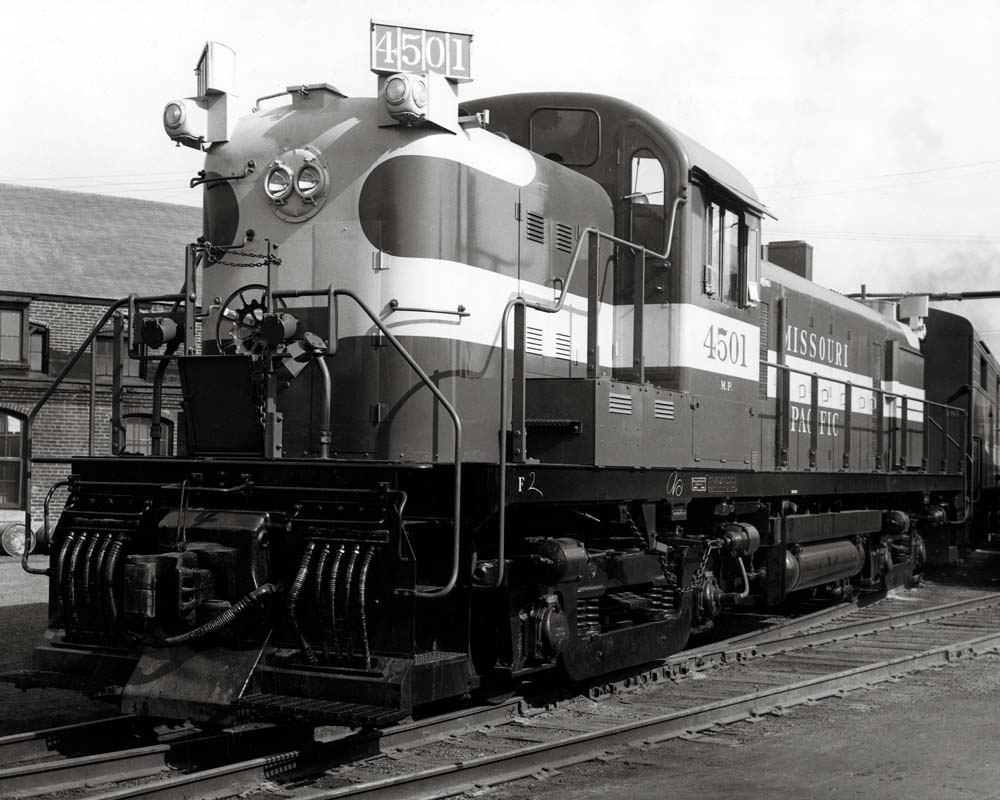
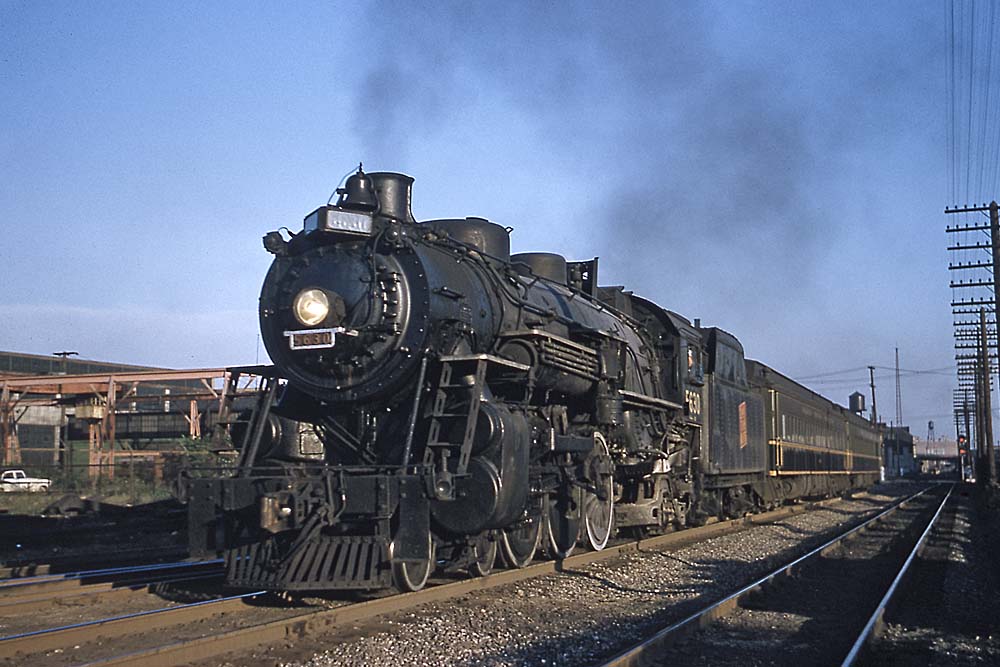
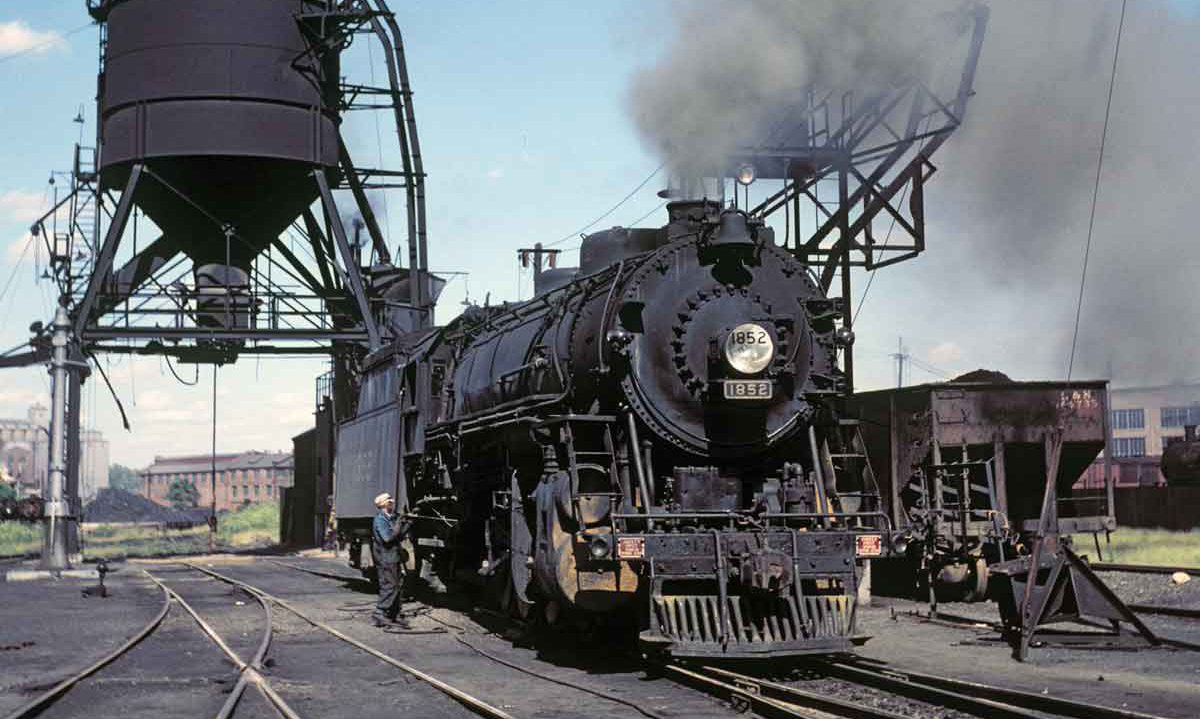




I realize that the article is over 20 years old.
Where is the PDF icon?